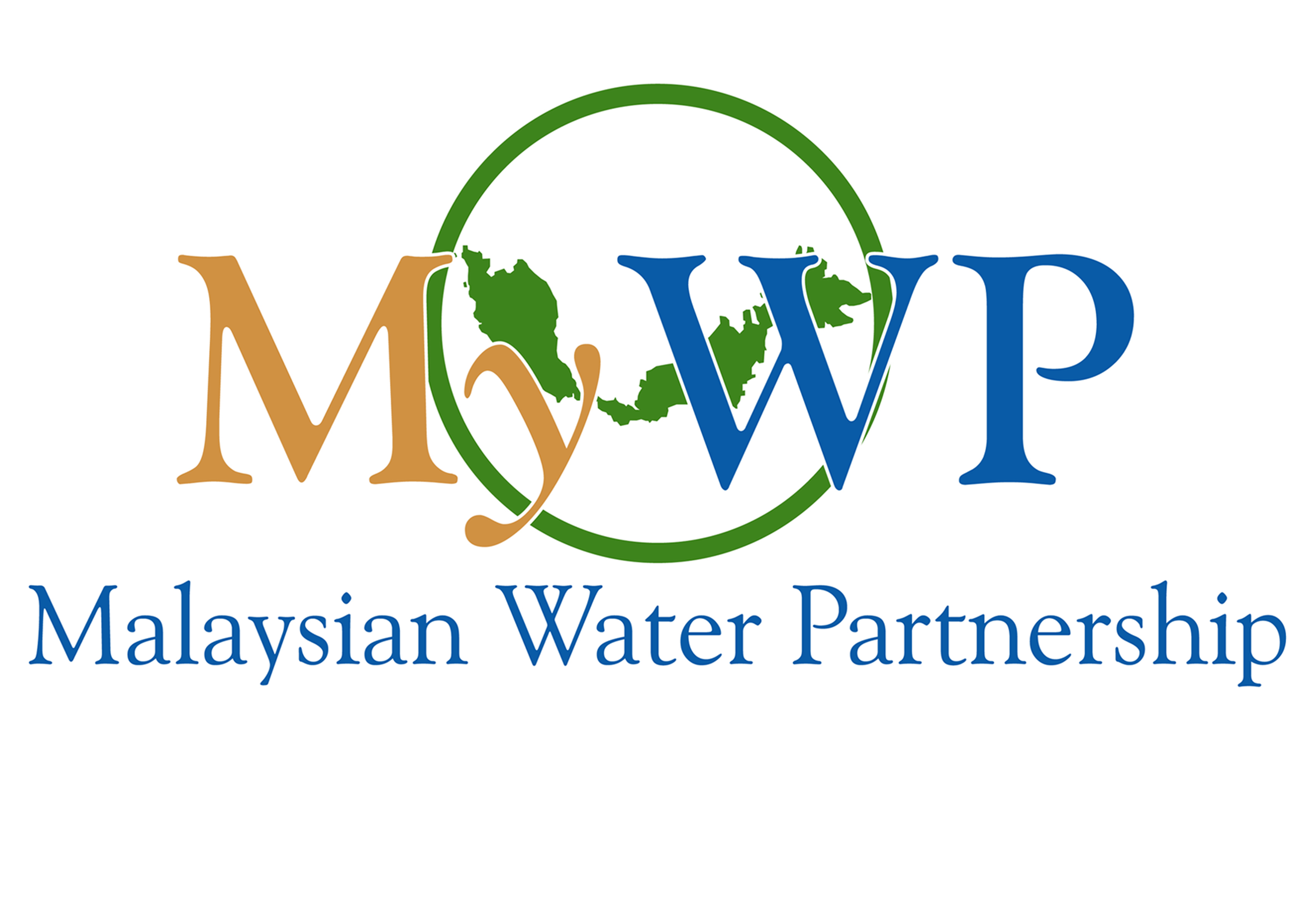IWRM
The last 50 years has seen Malaysia completely transformed, from a sleepy agricultural country dependent on tin and rubber, to a tiger economy listed in the top 15 trading nations in the world. There were massive changes on the ground with factories and housing proliferating everwhere. Urban areas all over the country multiplied in size, tall buildings occupy the sky-line in central business districts, motorcars crowd city roads and there was a huge increase in urban dwellers as well as urban activities. All these placed a heavy stress on water resources; rivers passing through urban areas suffered massive pollution loads especially from industrial wastewaters, household sewage and solid wastes. Flash floods started increasing, in part due to the increase in frequency of extreme events in urban areas. Fish catch in shallow coastal waters also started to decline, a consequence of heavy pollution and sedimentation from rivers and loss of habitat areas. And even more ironic, in a Tropical country with heavy rainfall throughout the year, urban areas started having intolerable water shortages.
By the 1990s the need for IWRM approaches had become increasingly urgent to solve such deteriorating problems. Continuing with sectoral management of water resources was no longer an option in the face of large scale, high density modern development. Water resources should be managed in an integrated manner, getting the needs of all stakeholders involved and resolving present issues before they continue to spiral into more uncontrollable problems which would be very costly both economically as well as politically for the nation.
IWRM approaches formally came into being in Malaysia with the establishment of the Malaysian Water Partnership (MyWP) in 1993, tasked to support and promote the adoption and practice of Integrated Water Resource Management (IWRM) approach in all land and water resource development and management in Malaysia and the region. Registered with the Registrar of Societies Malaysia in 2003, MyWP implements its agenda on a partnership arrangement with other government organizations, private institutions and companies, other NGOs, academia as well as individuals. MyWP offers strategic advice to it’s partners, creates awareness among stakeholders on the need for IWRM, implements capacity building and training programs and acts as the focal point for initiatives related to IWRM.
In early 1997, the government proposed the establishment of a Water Resources Management Board for the State of Selangor as a pilot project to later serve as a new institutional as well as legislative model in water resources management for all the other States in Malaysia. Various management models all over the world were studied by the task force and finally, an enactment was passed through the State legislature in April 1999 for the creation of LUAS (Lembaga Urus Air Selangor). The Act gives the board vast powers to administer the water quantity as well as water quality of the rivers in the State. Up to now however, there were teething problems with financing the board. This as well as other conflicts in powers with existing regulatory agencies have made it not as effective as it should have been. As a result, there have not been significant improvement in the water quality of the rivers in the State, for example.
In 2002, the Danish International Development Assistance (DANIDA) agency started a joint study for Malaysia to resolve the conflicts in the LUAS model so that a suitable model could be adopted by all the Peninsular States. Kedah State was chosen for a new enactment and a Water Resources Board. The Kedah Water Resources Enactment was finally passed by the State in 2008 and the Board has been recently set up. Again, events have conspired to render the Board ineffectual, not least among them being the political situation in the State.
In 2004 the government created a new ministry, the Ministry of Natural Resource and Environment (NRE) which took over agencies from 4 previously different ministries. Among others these included the Lands and Mines, Irrigation and Drainage, Forestry and the Environment departments. NRE is now the ministry tasked with managing water resources besides the environment as a whole.
